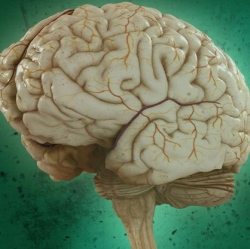
In the study, published in the journal, NeuroImage, 112 healthy adults ranging in age from 19 to 76 years were shown a series of faces. Participants were then asked to recall where a particular face appeared on the screen (left or right) and when it appeared (least or most recently).
The researchers used functional MRI to analyze which parts of brain were activated during recall of these details. Senior author Natasha Rajah, Director of the Brain Imaging Centre, and colleagues found that young adults activated their visual cortex while successfully performing this task.
But for middle-aged and older adults, their medial prefrontal cortex was activated instead. That’s a part of the brain known to be involved with information having to do with one’s own life and introspection. This may reflect changes in what adults deem “important information” as they age, she said.
Rajah says middle-aged and older adults can improve their recall abilities by learning to focus on external rather than internal information, using mindfulness meditation, for example.*
Rajah is currently analyzing data from a similar study to discern if there are any gender differences in middle-aged brain function as it relates to memory. “At mid-life women are going through a lot of hormonal change. So we’re wondering how much of these results is driven by post-menopausal women.”
The research was supported by the Canadian Institutes of Health Research and by a grant from the Alzheimer’s Society of Canada.
